Europe’s flagship technology show, Mobile World Congress, roared back to life last week to delight visitors with the latest technologies and trends - and we were there to see it all.
Despite international travel restrictions and turmoil in Eastern Europe, a still-considerable 60,000 people are estimated to have attended to talk business and network with friends new and old.
Visitors were greeted outside the main gates of Barcelona’s Fira Gran Via exhibition centre first by a group of pro-Ukraine demonstrators demanding a boycott of Russian technology. (MWC announced the week before that the Russian Pavilion would be banned).
Once inside, green-vested ‘community agents’ scoured the incoming crowds to check not only masks were properly worn, but that they complied with N95 or greater standards. Offending persons, of which I was one, were sent - grumbling - to the back of a long queue to buy a compliant mask. That said, the introduction of facial recognition to allow entry to the hall meant absolutely no queues (for those with the correct mask, at least) – a very welcome addition.
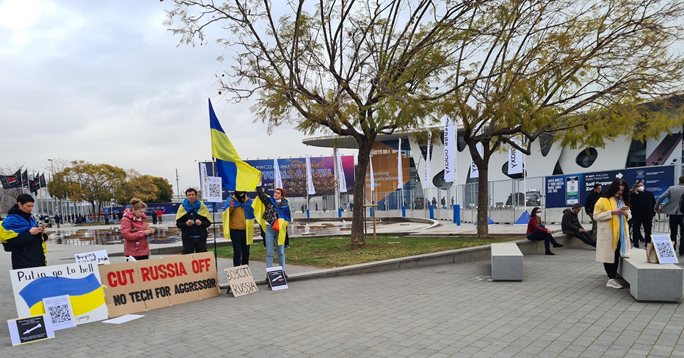
While a reduced crowd meant less ‘human pinball’ in the halls, shorter taxi-queues and a better choice of seats at Barcelona’s excellent tapas bars, it reminded us that Europe’s leading innovators missed out on meeting the usual visitors from Asian corporations - and the huge business opportunities they normally bring.
But by no means does that mean the doors to Asian corporations are closed, so let’s take a look at the hottest sectors at MWC from an Asian perspective.
Key trends at MWC: applications over technology
MWC is always full of all kinds of amazing innovations, and this time was no exception. In previous years, it seemed that simply affixing a ‘5G’ or ’AR’ sticker to your stand could draw big crowds. Evidently this no longer cuts the mustard.
Almost all exhibitors, especially the bigger ones, had clearly spent the pandemic reflecting on their core capabilities and developing more mature and convincing products - although there were inevitably some wacky exceptions, such as a transparent TV from Xiaomi that reminded me just how keen Chinese tech companies are to experiment!
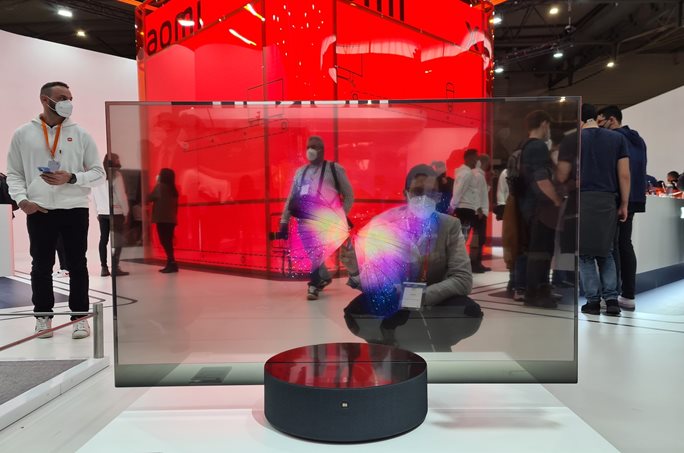
The 5G landscape: SMEs generating returns for Asian tech giants
Leading telecommunication companies such as Japan’s NTT Docomo and Germany’s T-Mobile presented the ultimate vision for MWC 2022’s official theme: “Connectivity Unleashed”. Scale models of megacities teemed with driverless cars and energy-efficient buildings generating petabytes of data, all transferred via proprietary 5G networks and monitored in real-time on colourful dashboards.
Asian tech giants such as Huawei and Samsung were quick to remind us with their massive booths - Huawei’s was called the ‘DigiTelligant Forest’, and came complete with live-streaming TikTok influencers - that they are responsible for assembling the hardware to enable such a vision.
Most impressive, however, was the striking array of business cases built by the rapidly growing ecosystem of small and medium-sized 5G hardware companies like Pharrowtech, software firms such as Cubic Telecom and services innovators like Endeavour Technology.
The people behind these companies have been connecting the dots between technology and real-world customer requirements to create the exciting products on show at MWC: optimised factories, fleets of autonomous robots, connected cars and monitoring tools for pretty much every physical infrastructure imaginable.
Indeed, it’s these innovative business cases, created by smaller companies, that enable the Asian tech giants to generate much-needed returns on the vast and often government-supported investments made in rolling out 5G. Take China, which alone has purchased $200 - $300 billion of 5G hardware since 2020.
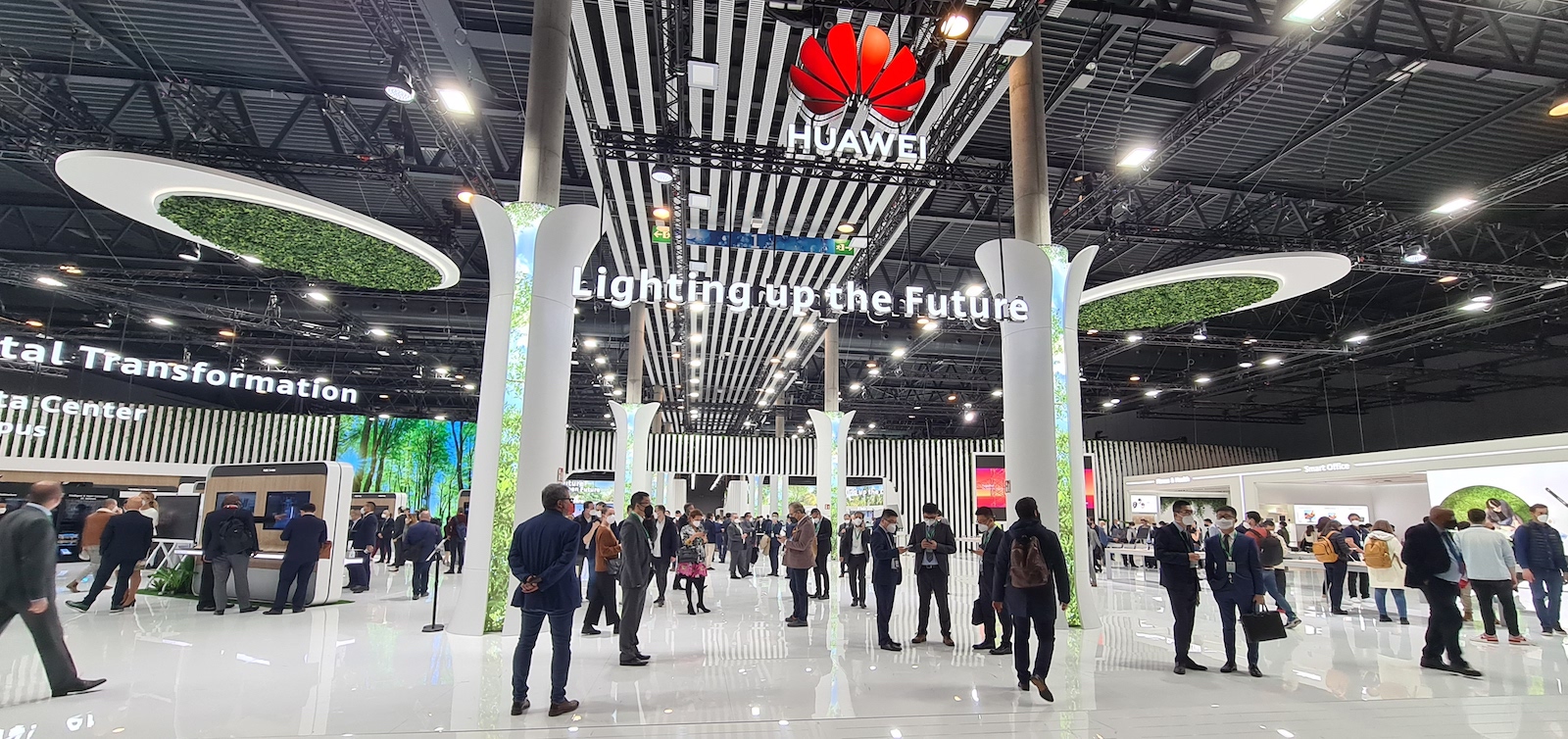

5G’s killer app: Open RAN and private 5G networks
If there was an overarching message at this year’s MWC, it was that the age of Open RAN, or O-RAN, architecture and private 5G networks is upon us.
O-RAN architecture, founded by an international group of telcos including China Mobile and NTT Docomo, allows for the deployment of vendor-agnostic 5G networks, vastly increasing the flexibility available to customers.
Private 5G networks allow companies to get the advantages of 5G on a much smaller and, you guessed it, private scale – for example, across an individual factory. Benefits include faster, more reliable and secure data transfers than other over-the-air technologies such as public 5G or WiFi. For instance, massive buildings like power stations can install hundreds of 4K security cameras across a private 5G network without having to worry about the data cables or sending data via less secure routes.
Smaller companies with products in this space will find massive demand in Asia, where O-RAN-affiliated telcos are searching hard for new technologies and applications to differentiate themselves and grab a chunk of this growing market.
The metaverse: developed in the west, sold in Asia
Most exhibitors selling AR and VR had recently rebranded as ‘metaverse’ firms - though, with a few notable exceptions, there didn’t seem to be any major innovations in this space. Indeed, the self-proclaimed rulers of the field, Meta (née Facebook), had a large but discreet presence at the show – with no booth but several meeting rooms tucked away at the back of one of the halls, suggesting the sector is still largely in ‘stealth mode’.
That said, every single stand brandishing an AR or VR headset was extremely busy: at Taiwan’s HTC ‘Viverse’ stand, we counted more than 30 people queuing patiently for a demo.
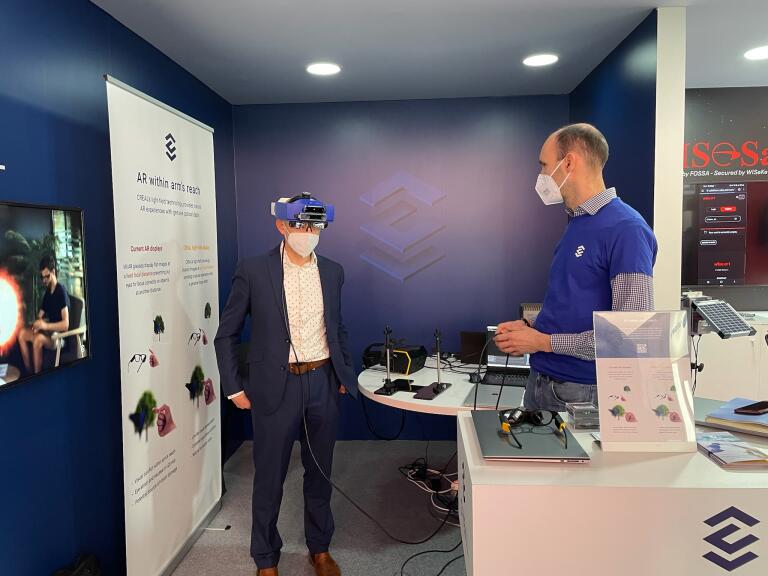
Our feeling was that it’s still the smaller western companies, such as Swiss firm Creal (pictured), which are driving innovation in the sector, while the finished products are being made by Asian consumer electronic giants such as Samsung and HTC.
For metaverse technology pioneers, Asia is where they should be setting their sights.
Now connectivity has been ‘unleashed’, where will it go next?
We were thrilled to be able to get back to Barcelona and meet our clients face-to-face at MWC for the first time since 2019.
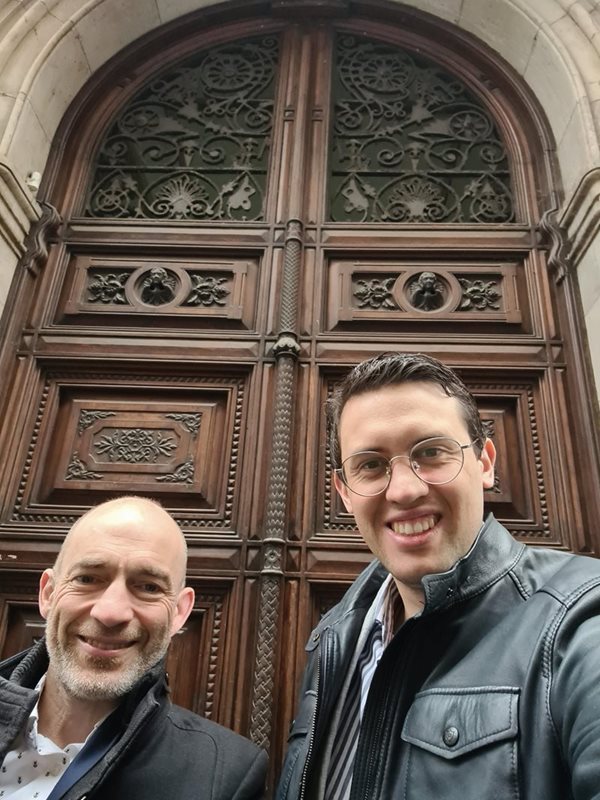
It served as a great reminder of how valuable it is to meet clients past and present over a coffee or a beer, and how difficult it is to get that rapport over the internet alone. Until the metaverse lives up to its promise, nothing beats meeting in the flesh.
The same applies in Asia – if you are looking to expand your business in the region and want to make sure your customers have the personal connections needed on the ground to win deals quickly, please get in touch.
To discuss the prospects for your business in China, Japan, South Korea or Taiwan, you can contact Paul at paul.dupont@intralinkgroup.com or on +44 (0)79 313 999 30